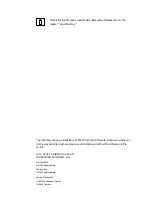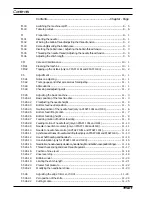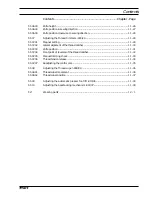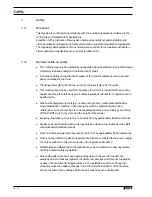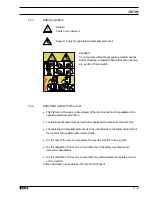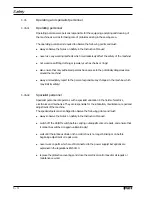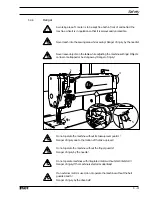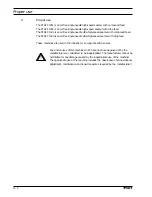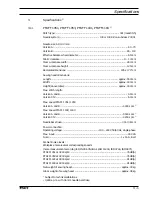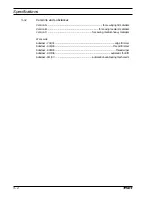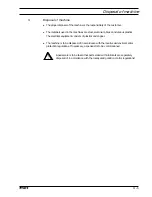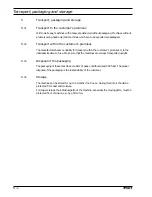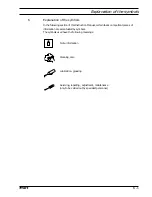Reviews:
No comments
Related manuals for 1051

FAX-JX500
Brand: Canon Pages: 2

KC SERIES 17
Brand: General Pages: 20

FURY 1500P
Brand: Pacific Pages: 8
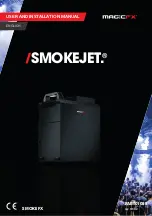
SMOKEJET
Brand: MAGIC FX Pages: 20

ELEVATE Command UK30200COM
Brand: Oreck Pages: 8

336K125
Brand: Singer Pages: 15
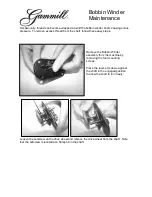
Bobbin Winder
Brand: Gammill Pages: 3

43-3822
Brand: Radio Shack Pages: 20

PREDATOR CXC100
Brand: NSS Pages: 8

45K21
Brand: Singer Pages: 39

Sew Green
Brand: ELNA Pages: 48

THERMALBINDER400T
Brand: GBC Pages: 28

WireBind E-Karo 40Pro
Brand: GBC Pages: 38

Pronto C95
Brand: GBC Pages: 38

M17150-00
Brand: Minuteman Pages: 12

Ambassador C46000-00
Brand: Minuteman Pages: 12

E20 SPORT
Brand: Minuteman Pages: 40

518
Brand: artisan Pages: 25


